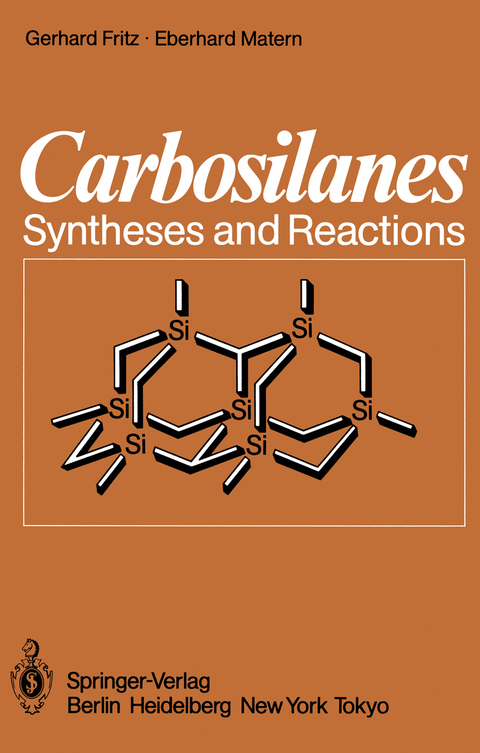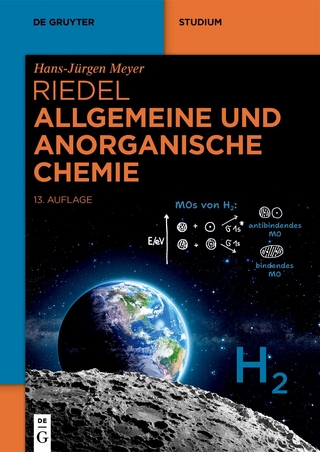
Carbosilanes
Springer Berlin (Verlag)
978-3-642-70802-2 (ISBN)
I. Introduction.- 1. Characteristic Differences between the Elements Silicon and Carbon.- 2. Functional Groups in the Chemistry of Silicon.- II. The Formation of Carbosilanes.- 1. The Formation of Carbosilanes by Thermal Decomposition of Methylsilanes.- 2. Formation of Carbosilanes by Direct Reaction of Halogenomethanes with Silicon.- 3. Formation of Polycyclic Molecular Skeletons through Rearrangement of Carbosilanes with AlBr3 or AlCl3.- 4. Organometallic Syntheses of Carbosilanes.- III. Reactions of Carbosilanes.- 1. Introduction.- 2. The Introduction of New Functional Groups on the Carbosilane Molecular Skeleton.- 3. Reactions with MeMgCl and MeLi.- 4. Metallation of Carbosilanes.- 5. Reactions of C-Chlorinated Carbosilanes with Silylphosphanes.- 6. The Reactive Behavior of Further Cyclic Carbosilanes.- 7. Investigations into the Cleavage of Si -Me Bonds in Carbosilanes.- 8. Substituent Effects in Carbosilanes.- 9. Hydrosilylation in Carbosilane Chemistry.- IV. Results of Structural Investigations of Carbosilanes.- 1. X-Ray Investigations of Crystal Structures.- 2. Electron Diffraction Studies.- V. References.
| Erscheint lt. Verlag | 22.12.2011 |
|---|---|
| Zusatzinfo | XII, 258 p. |
| Verlagsort | Berlin |
| Sprache | englisch |
| Maße | 170 x 244 mm |
| Gewicht | 481 g |
| Themenwelt | Naturwissenschaften ► Chemie ► Anorganische Chemie |
| Naturwissenschaften ► Chemie ► Organische Chemie | |
| Schlagworte | carbon • oxygen • Silane • Silicon • Skeleton • synthesis |
| ISBN-10 | 3-642-70802-1 / 3642708021 |
| ISBN-13 | 978-3-642-70802-2 / 9783642708022 |
| Zustand | Neuware |
| Haben Sie eine Frage zum Produkt? |
aus dem Bereich


